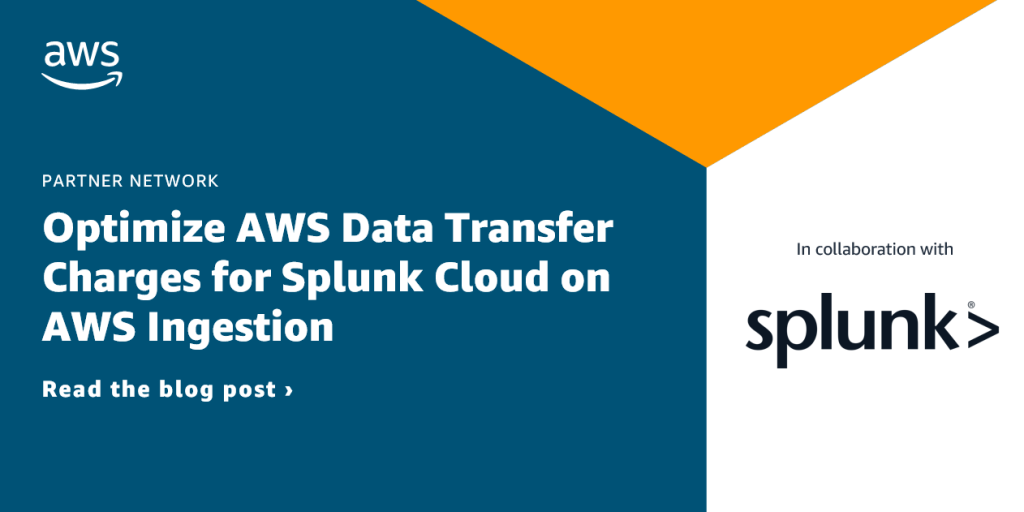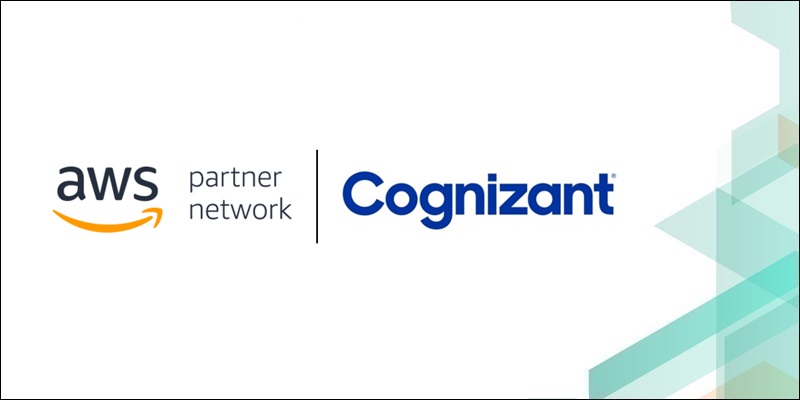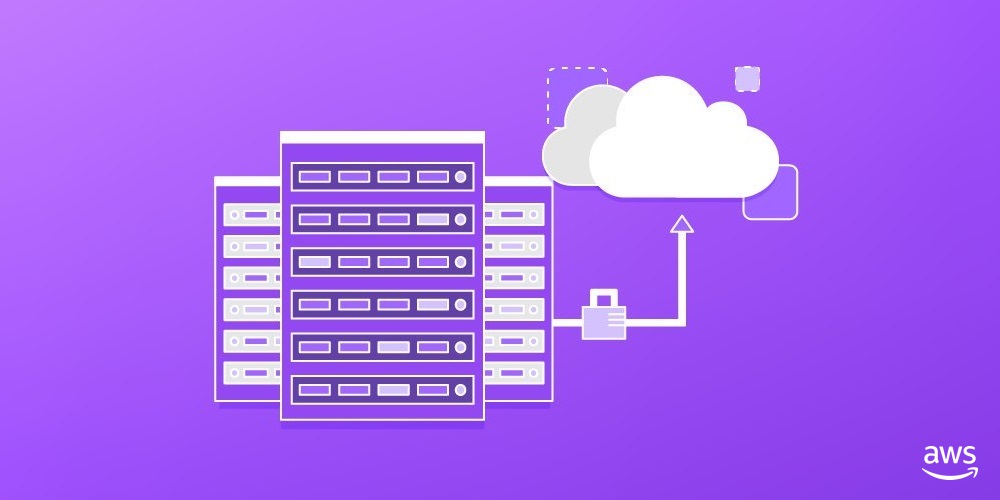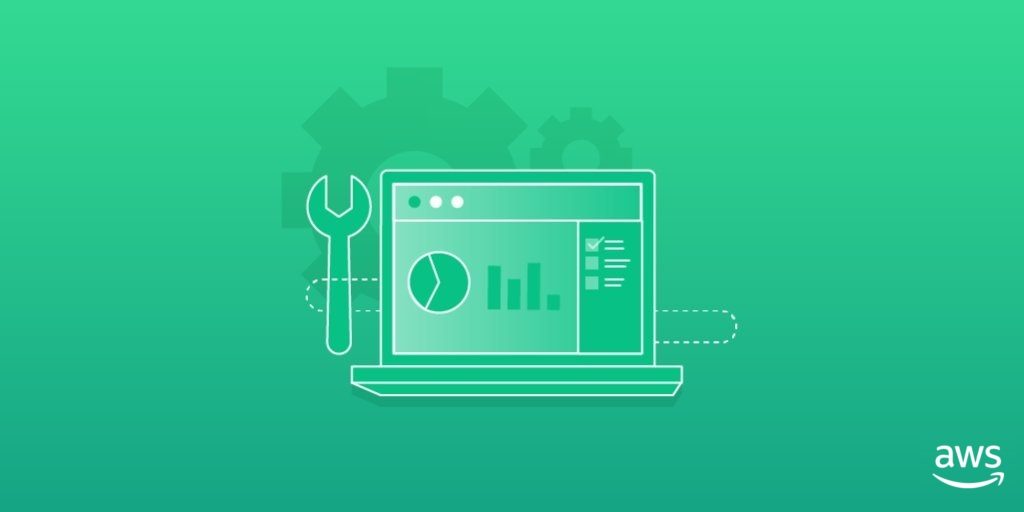AWS Partner Network (APN) Blog
Tag: AWS Cost Management
Understand and Optimize AWS Data Transfer Charges for Splunk Cloud on AWS Ingestion
Data transfer cost is a key component to consider when selecting your strategy to get data into Splunk Cloud on AWS. Customers using Splunk Cloud on AWS for their security, operational, and observability use cases may manage large volumes of data. Having a thorough understanding of AWS data transfer charges can help them optimize their architectures and costs. This post discusses the data transfer costs for five of the most common Splunk use cases.
AWS Cloud Economics: Where Every Dollar Counts
Organizations hosting workloads on the cloud are more flexible and scalable, but this also comes with varying costs and the onus is on the organization to choose the appropriate service and cost. Cloud cost optimization should be an integral part of the transformation process and not just an operations task. Learn about Cognizant’s AWS economics service offering and how cost optimization techniques can be incorporated into AWS across the different stages of cloud transformation.
Creating an Equitable Enterprise AWS Chargeback Model Using CloudHealth
Most enterprises go through the process of monthly chargeback (cost allocation) of their AWS costs to internal business units or cost centers. The AWS Cost and Usage Report can provide the flexibility needed to create detailed custom billing rules. Learn how VMware implemented an equitable chargeback model using CloudHealth’s FlexReports, a simple solution for companies that have multiple Payers or just want to implement custom billing rules quickly.
How Tech Mahindra Approaches Cost Optimization and Governance Using AWS Native Services
Cloud cost governance ensures customers are availing all potential services, tools, and resources to continuously track, optimize, and control their overall cloud spend. Learn how Tech Mahindra achieved one customer’s goal of cloud finance using cost management best practices along with AWS native tools and techniques. Tech Mahindra worked closely with the customer’s IT, engineering, and finance teams to understand their existing cloud governance model and issues.
How Epsagon Increased Performance on AWS Lambda by 65% and Reduced Cost by 4x
Providing a better experience at lower cost is the desired result of any organization and product. In most cases, it requires software re-architecting, planning, infrastructure configurations, benchmarking, and more. Epsagon provides a solution for monitoring and troubleshooting modern applications running on AWS. Dive deep on some of the best practices Epsagon has developed to improve the performance and reduce the cost of using serverless environments.
Accelerating Agility with 12 Attributes for Mainframe Workloads
Mainframes typically host core business processes and data. To stay competitive, customers have to quickly transform their mainframe workloads for agility while preserving resiliency and reducing costs. There is a challenge in defining the agility attributes and prioritizing the corresponding transformations for maximum business value in the least amount of time. In this post, dive deep in the practical agility attributes needed by mainframe workloads, and how to accelerate the transformation towards such agility with AWS.
Improving Dataset Query Time and Maintaining Flexibility with Amazon Athena and Amazon Redshift
Analyzing large datasets can be challenging, especially if you aren’t thinking about certain characteristics of the data and what you’re ultimately looking to achieve. There are a number of factors organizations need to consider in order to build systems that are flexible, affordable, and fast. Here, experts from CloudZero walk through how to use AWS services to analyze customer billing data and provide value to end users.
Increasing Savings and Mitigating Risks with Amazon EC2 Convertible Reserved Instances
When managing AWS spending, you want to mitigate risks and costs wherever possible. One way to do this is to increase your coverage of Amazon EC2 Reserved Instances, which results in significant discounts and increased savings. However, constantly improving technology and the evolving needs of your company can render your committed Reserved Instances obsolete. Cloudwiry’s cost management platform specializes in this cost-recovery practice by optimizing Reserved Instance coverage for ROI.
Calculating SaaS Cost Per Tenant: A PoC Implementation in an AWS Kubernetes Environment
In a SaaS environment, the compute, storage, and bandwidth resources are often shared among tenants, but this makes it challenging to deduce per tenant cost. A SaaS application running on a Kubernetes cluster on AWS adds a layer of further complexity as far as calculating the per tenant cost. Kubernetes is great at abstracting away the underlying pool of hardware. It almost gives us an illusion of having access to a single large compute resource.
Analyzing Performance and Cost of Large-Scale Data Processing with AWS Lambda
There are many tools available for doing large-scale data analysis, and picking the right one for a given job is critical. Here, we take an in-depth analysis of the architecture and performance characteristics of a completely serverless data processing platform. While the approach isn’t applicable for every use case, it has a very low total cost of ownership (TCO) and because AWS Lambda allows us to run arbitrary code easily, this approach provides the flexibility to handle non-standard data formats easily.









